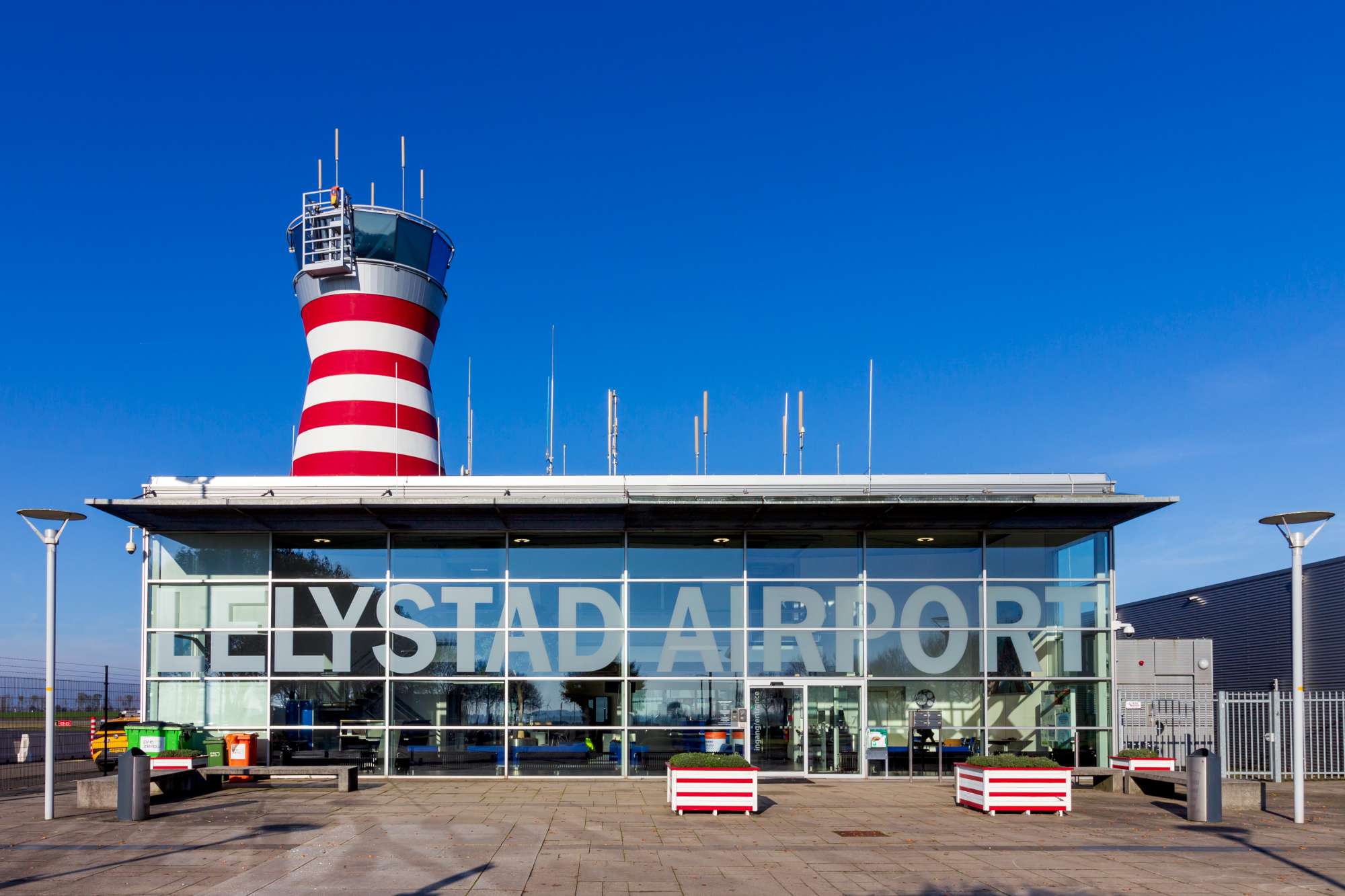Schiphol Airport moving to Lelystad Airport?
Source: Translated from Dutch Article: Het Vastgoedjournaal
Despite the re-establishment of the Ministry of Housing and Urban Planning, Urban Planning has not yet returned. Professor Zef Hemel sees that , Urban Planning Policy is now seen more as an obstacle to housing production than as a guideline for where the homes should be built. He believes that construction should take place in the cities where the work is, with Amsterdam at the forefront. So we should move Schiphol to Lelystad and build a lot of homes on that empty spot.
Zef Hemel said this during the lecture. The value of living; which he delivered at the meeting of the trade association for housing corporations Aedes. Aedes organises a lecture on this theme every year. Hemel is a special professor at the University of Groningen and an Urban Planner.
Despite the re-establishment of a Ministry of Housing and Urban Planning, Urban Planning has still not returned to the agenda, he told the corporation directors and other interested parties during the lecture. In the liberal housing policy, the spatial order of the Netherlands was henceforth seen as the sum of individual housing preferences and according to Hemel that has not gone away yet. The housing deals, the large-scale Novex housing construction locations and the 105 acceleration locations suggest that the ministry is mainly focusing on housing. Where is the Urban Planning? If I counted correctly, there are 35 deals and 1,100 significant housing construction locations. They cover three quarters of the construction task, forty percent is outside the city. The locations actually concern the whole of the Netherlands. I can’t make head or tail of it spatially. The most important reason seems to me to be to get housing production moving again, whereby Urban Planning is seen as an obstacle. It is now the public housing that determines where the homes should be built instead of Urban Planning determining that.
Wrong order
In Hemel’s eyes, that is the wrong order. He believes that if the new ministry is serious, it should come up with a completely new urbanisation policy in which Urban Planning plays a guiding role and public housing follows: After all, that has always been the core of good Urban Planning. Certainly with the task of building a million new homes, a vision of where we will live is of great importance again.
In the past, Urban Planning policy at national level was mainly shaped by the four Urban Planning Memoranda from the 1960s onwards. But Hemel has to admit that even before the liberal cabinets, there was no longer any control over urbanisation. It was no longer possible to concentrate urbanisation, urban areas merged into each other, urban functions became increasingly farther apart, travel distances continued to grow, segregation occurred between population groups, the spatial hierarchy decreased and the suburb turned out to be the big winner. Hemel believes that the biggest problem of this is the growing travel distances between home and work. 2 lost hours per day. Hemel thinks the ideal commute time is fifteen minutes, but most Dutch people now travel for three quarters of an hour there and three quarters of an hour back. This is because in the cities where there has been the most job growth, too few homes have been built. Instead, homes have been built along the infrastructure, which means that low-paid workers in particular are increasingly forced to commute over long distances, far beyond the borders of their own urban region. Hemel: ‘Despite all the new asphalt, fly-overs and tunnels, traffic jams are the worst around Rotterdam, The Hague and Amsterdam: around 35 to 42 lost hours per year, also due to the still strongly growing road freight transport. This will have an economic impact, certainly in the long term.
It is not without reason that ASML recently sounded the alarm about the shortage of homes for its employees in Eindhoven. Eindhoven is therefore on the list of cities where the greatest job growth has taken place in recent years, which also includes cities such as Utrecht, Rotterdam and Groningen, followed by Zwolle, Apeldoorn and Enschede. Hemel: Number 1 by far is Amsterdam, with a growth of no less than 285,000 jobs between 1996 and 2022 to a total of 624,250, a doubling in twenty years. The growth in Amsterdam over the past twenty years was fourteen times that of Eindhoven! If that is not a Golden Age, then I do not know what is. But where are all these people supposed to live? There is no place for them in Amsterdam.
Devastation:
Amsterdam has become unaffordable due to the housing shortage. According to Hemel, displacement has been going on since the financial crisis. While homeowners have managed to build up a lot of equity, outsiders and lower incomes are struggling with exclusion and sharply rising housing costs. Hemel: Devastation has been caused. He also sees that the solution is now being sought in moving further away and working from home more, but according to Hemel, that does not contribute to people’s happiness: Moreover, companies do not think this is a good solution either.
The remarkable thing is that the growth of jobs in the cities mentioned was already predicted twenty years ago based on the ideas about the creative knowledge cities of Richard Florida. Hemel: That man was ridiculed at the time, but he was proven right. The pattern of jobs has proven to be very concentrated in space and also very stable over time. According to Hemel, relocating employment to other locations to relieve the pressure on certain regions does not provide a solution: Public housing can be controlled by Urban Planning, but the economy cannot, as various experiments have shown.
Relocation of Schiphol
A map by the previous national architect Floris Alkemade, among other things, shows that, based on a travel time of three quarters of an hour, most homes should be built in the boomerang of Amsterdam-Utrecht-Haarlem-Leiden-The Hague and Delft. Hemel: That is why I advocated relocating Schiphol to the Flevopolder years ago. That sounds drastic, but it would free up an enormous strategically located area south of Amsterdam for extensive housing construction, accompanied by a shift of jobs towards the polder, and that without the risk of land speculation. After all, both locations are in the hands of the government. Amsterdam is now eating up its own seaport, while Lelystad airport is in danger of becoming a new air force base for the Ministry of Defence.
In conclusion, I recommend a new, clear urbanization policy for the Netherlands in which a spatial link is again made between job growth and housing construction says Hemel. There must be a very strong turnaround of the housing agenda towards the most important economic centers. Housing will then contribute to good Urban Planning, with restoration of concentration of urbanization. The contrast between city and countryside would finally become greater again, the Randstad much more compact and the rest of the Netherlands more relaxed.



